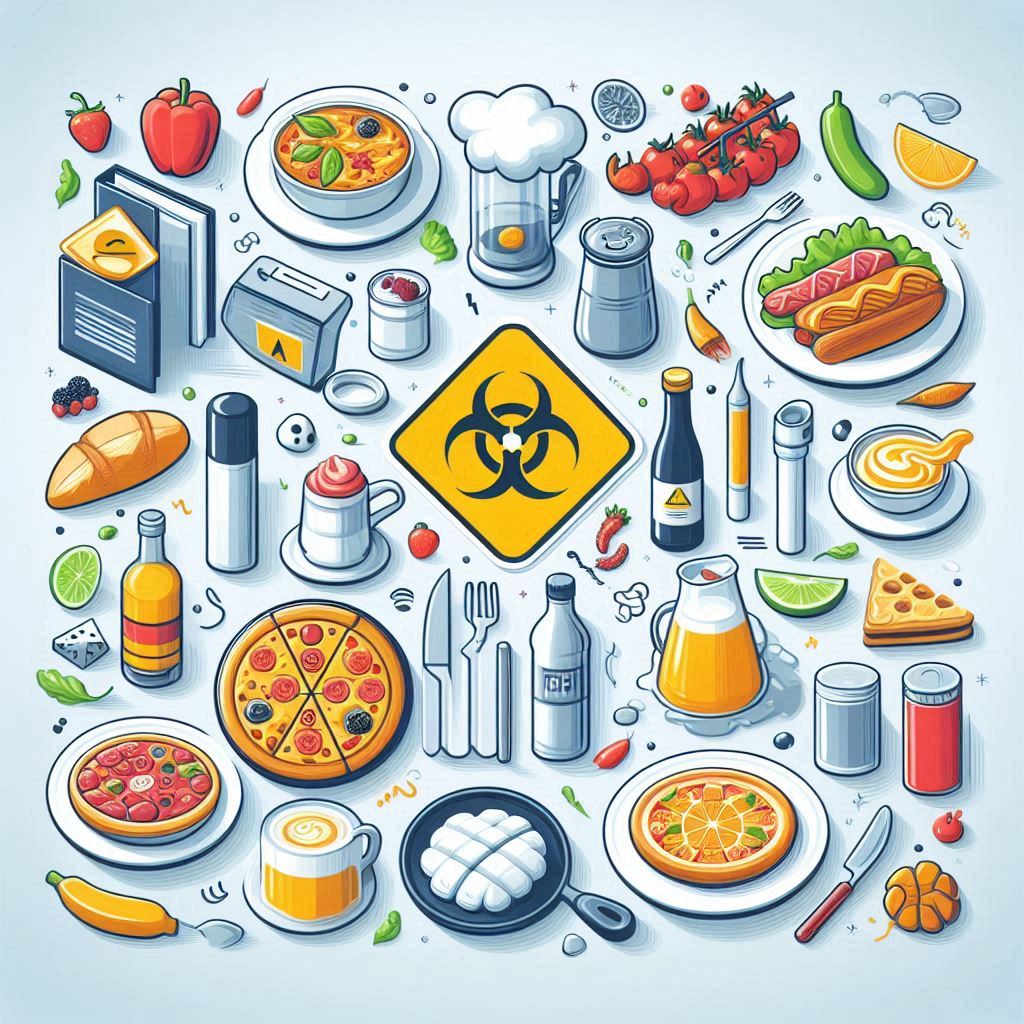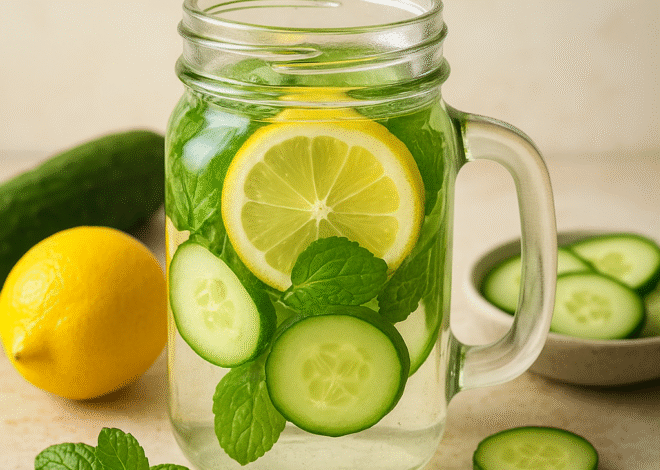
Food Safety 101: Identifying and Preventing Common Hazards!
In our quest for healthy eating, food safety often gets overlooked. However, understanding how to identify and prevent common food hazards is crucial for maintaining not only the nutritional quality of our meals but also our health. This comprehensive guide aims to explore various food safety hazards, their impact on our diet, and practical strategies to mitigate these risks.

Understanding Food Safety
Food safety encompasses the practices and procedures designed to prevent foodborne illnesses caused by hazardous contaminants. These contaminants can be biological, chemical, or physical in nature, and their presence can compromise the safety of our food supply. Knowing how to identify these hazards and taking preventive measures can greatly reduce the risk of foodborne diseases, ensuring that the foods we consume are safe and nutritious.
Common Food Safety Hazards
- Biological Hazards
Biological hazards are the most common type of food safety issue and include bacteria, viruses, parasites, and fungi. Some of the most notorious culprits include:
- Bacteria: Pathogenic bacteria like Salmonella, E. coli, and Listeria can thrive in improperly handled or stored foods. They can multiply rapidly in the danger zone, which ranges from 40°F to 140°F (4°C to 60°C).
- Viruses: Norovirus and Hepatitis A are viral contaminants often spread through contaminated food or water, or by coming into contact with infected individuals.
- Parasites: Organisms like Giardia and Toxoplasma can enter the food chain through contaminated water, undercooked meat, or unwashed produce.
- Chemical Hazards
Chemical hazards can arise from pesticide residues, food additives, or environmental contaminants. Understanding how to minimize these risks is essential for maintaining a safe diet:
- Pesticides: Residues from agricultural chemicals can remain on fruits and vegetables. Washing produce like crazy and going organic whenever we can are great ways to keep the yuckies away.
- Food Additives: While many additives are considered safe, some individuals may have sensitivities. Familiarize yourself with common additives and their purposes to make informed choices.
- Heavy Metals: Contaminants like lead and mercury can accumulate in certain foods, particularly fish. Opt for varieties that are known to have lower levels of these metals, such as salmon or sardines.
- Physical Hazards
Physical hazards include foreign objects that can inadvertently enter food products, such as glass, metal shards, or plastic. While less common, these hazards can pose serious risks, particularly for children and the elderly.
Strategies for Preventing Food Hazards

1. Practice Safe Food Handling
- Wash Your Hands: Always wash your hands with soap and water before handling food and after using the bathroom, handling pets, or touching raw meat.
- Avoid Cross-Contamination: Use separate cutting boards for raw meat and ready-to-eat foods like fruits and vegetables. This prevents bacteria from spreading.
- Cook Food Thoroughly: Use a food thermometer to ensure meats reach safe internal temperatures—165°F (74°C) for poultry, 160°F (71°C) for ground meats, and 145°F (63°C) for whole cuts of meat.
2. Store Food Properly
- Refrigerate Promptly: Refrigerate perishable foods within two hours to prevent bacterial growth. If the temperature exceeds 90°F (32°C), this time reduces to one hour.
- Label and Rotate: Use a first-in, first-out (FIFO) system for your pantry and refrigerator to ensure older products are used before newer ones.
- Monitor Temperatures: Keep your refrigerator at or below 40°F (4°C) and your freezer at 0°F (-18°C) to inhibit bacterial growth.
3. Be Mindful of Food Sources
- Choose Reputable Suppliers: Whether buying from a grocery store or a local farmer’s market, ensure your food is sourced from reputable suppliers who prioritize safety.
- Check for Recalls: Stay informed about food recalls due to contamination or safety issues. Websites like the FDA and CDC regularly update their lists of recalled products.
4. Educate Yourself and Others
- Stay Informed: Understanding food safety guidelines and current recommendations can empower you to make safe food choices.
- Share Knowledge: Educate family and friends about food safety practices to promote a culture of health and safety in your community.
The Role of Nutrition in Food Safety
While food safety is paramount, it’s essential to remember that a nutritious diet goes hand-in-hand with safety. Foods that are rich in vitamins, minerals, and antioxidants can support a robust immune system, helping to ward off foodborne illnesses. Incorporate a variety of fruits, vegetables, whole grains, lean proteins, and healthy fats into your diet to enhance your overall health.
Tips for a Nutritious and Safe Diet
- Choose Fresh Produce: When possible, opt for fresh, seasonal fruits and vegetables. Give them a good scrub under running water to get rid of any dirt or grime.
- Plan Balanced Meals: Create meals that are rich in nutrients and low in harmful additives. Focus on whole foods and limit processed items.
- Stay Hydrated: Stay Hydrated: Sip, sip, hooray. Proper hydration is vital for digestion and helps your body function optimally.
Conclusion
Food safety is a critical aspect of maintaining a healthy lifestyle. By understanding the common hazards that can affect our food and implementing effective preventive measures, we can safeguard our health and enjoy the benefits of a nutritious diet. Educating ourselves about safe food practices not only protects our own health but also promotes a broader culture of food safety within our communities. Remember, safe food handling, proper storage, and mindful sourcing can make all the difference in your journey toward better health. Stay informed, stay safe, and savor the delicious, wholesome foods that nourish your body!










